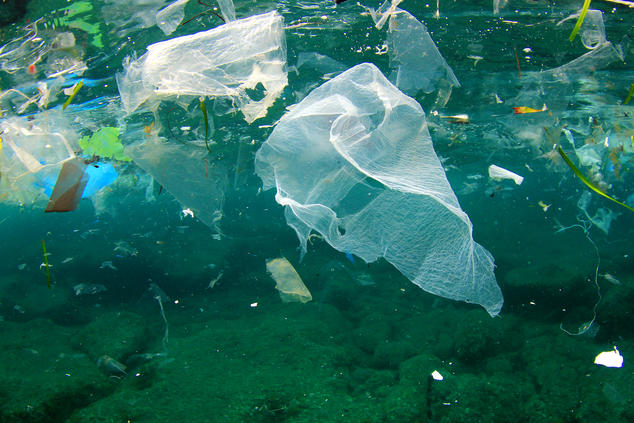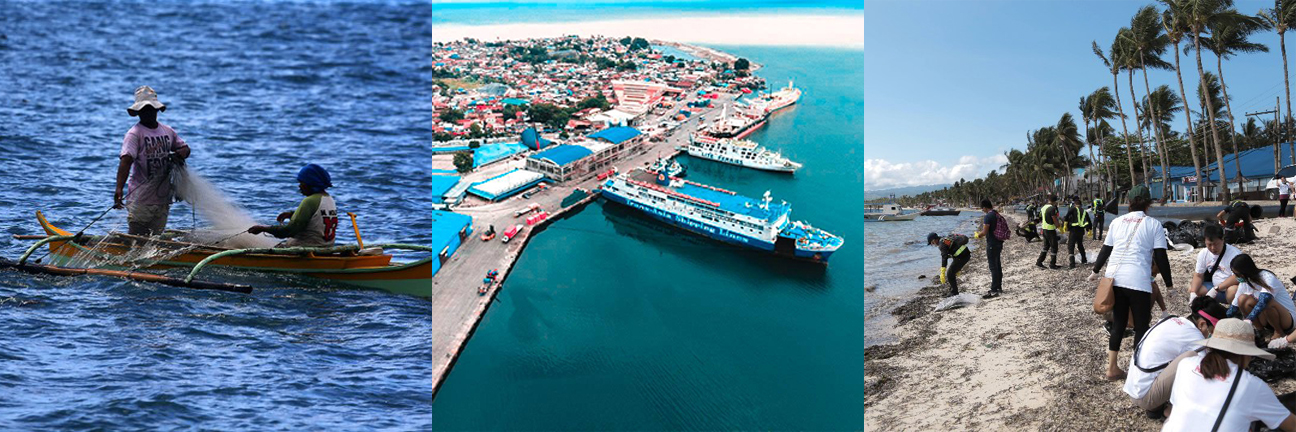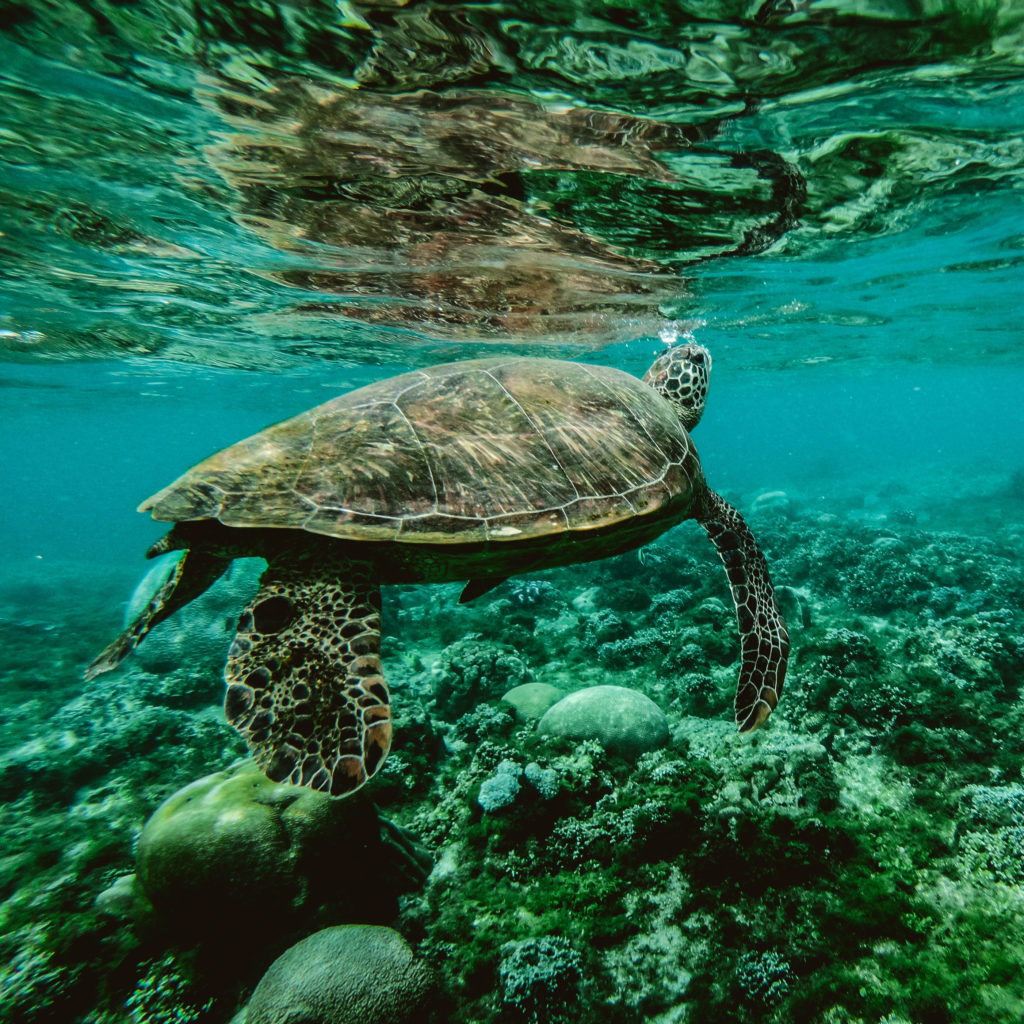Saving the Oceans through Impact Investing
The Philippines is a country that is rich in biodiversity and natural resources. This island nation sits at the apex of the Coral Triangle – a marine area in the western Pacific Ocean known for its astounding number of corals, which nurtures a vast amount of turtle and fish species – and is thus considered the “centre of the centre” of marine biodiversity in the world.

Its total coastline, at 37,008 kilometres, is longer than those of China, the United States, and Japan. Various coastal and marine habitats can be found in the country, which include planted mangroves, seagrass, mudflats, tidal swamps, natural mangroves, and coral reefs.
This ecological bounty, however, has unfortunately not been fully utilised for economic development. Philippine ocean economy only accounts for 7% of its gross domestic product (GDP), and yet increasing human activities and demand for natural resources have already resulted in ecological degradation.
For instance, the Philippines is currently the third-largest source of ocean plastic. Combined with 70-90% of its illegally dumped waste ending up in the ocean, the country has been ranked as 121st among 221 countries in the Ocean Health Index, a comprehensive global measurement of ocean health that evaluates how well the ocean provides 10 key benefits to people – and how well people, in turn, protect the ocean’s ability to do so in the future.

The Global Alliance for Incinerator Alternatives (GAIA) also estimates that almost 35% of the total waste generated in the Philippines came from only 10 of its biggest companies, which only shows that, “little effort has been made to reduce the production of single-use disposable plastics which results in this problematic waste stream.”
Despite these problems, the Philippine government has not yet established a clear national strategy to address them – unlike some of its neighbouring countries, which have made moves such as completely banning certain types of plastics, increasing taxes on plastic materials, and mandating producers to promote biodegradable packaging.
Impact Investing in the Blue Economy
Given these realities, the good news is that the Philippines is the second-largest impact investing country in Southeast Asia. The increase in impact investing activity, according to the Global Impact Investing Network (GIIN), was driven by the country’s macroeconomic stability and demographic trends. For instance, it has one of the highest GDP growths in the region (at 6.2% in 2018) and is predicted to be the second-fastest-growing market in the next decade by Oxford Economics. The country is also considered as an emerging economic powerhouse due to its uninterrupted economic expansion for over 20 years.
The Philippines, then, presents impact investors with several opportunities to venture into the blue economy, or the sustainable management of oceans to achieve accelerated economic growth, job creation, and poverty alleviation. The United Nations recognises the blue economy’s increasing importance through its Sustainable Development Goal 14: to conserve and sustainably use the oceans, seas, and marine resources for sustainable development. Likewise, according to Forbes, “the blue economy sets a framework for the international community to actively work on conserving its ocean resources and develop more sustainable habits to protect ocean ecosystems.”

Blue Economy: Opportunities in the Philippines
Individuals and institutions can align their investment goals with impact investing in several areas in the Philippines:
1. Fisheries and Aquaculture
This sector contributed about 1.5% to the country’s GDP or about US$2.37 billion in 2016. There is an increasing number of fishers, but a decreasing number of fisheries production, which means impact investments can be more assertive in identifying best practices for sustainable fishing. As the demand for fishery products is continuously increasing, impact investing opportunity arises in meeting the demand while conserving natural resources and finding efficiencies in food and feed production.
2. Coastal and Marine Tourism
Contributing about US$3 billion to the country’s GDP in 2016, this sector faces problems due to pollution, over-development, and habitat destruction brought by its growth. Notably, the Philippines ranked 14th out of 20 economies in the coastal governance index, signifying a need for improvement.
As tourism boosts economic activity in the country, impact investments can be made through bringing together small businesses and communities towards capacity development and preservation of marine and coastal heritage sites. Impact investors could also look into creating jobs and improving local infrastructure.
3. Ports and Shipping
This sector contributed US$1.4 billion to the country’s GDP in 2016, but with the growth of ASEAN free trade and China’s One Belt, One Road initiative, impact investing opportunities arise in supplying a more efficient logistics management through the use of blockchain and artificial intelligence. Green port operation and the use of renewable energy are also areas available for impact investing.
4. Circular Economy
The circular economy, or reduce-reuse-recycle, can help businesses maximise the chances of reducing ocean wastes through and their dependence on new raw materials. Given the Philippines’ plastic pollution problem, impact investors could look into tackling the scourge of plastic waste and reducing single-use packaging, as well as establishing an environmental strategy with efficient enterprise management.
5. Climate Resiliency
Increasing consequences from climate change and extreme weather conditions are affecting the ocean with higher carbon dioxide and greenhouse gas emissions from various human activities. To help address this, impact investors could venture into businesses with projects such as community-based watershed management, mangrove-planting, reforestation, and agroforestry. Other options are to climate-proof development projects (i.e., retrofitting tide embankments, bridges, etc.), and adapting measures for aquaculture.
6. Marine Pollution Reduction
Ocean Conservancy and McKinsey Centre for Business and Environment have ranked the Philippines as the third-largest contributor to ocean plastic. Interested impact investors could focus on monitoring the water quality of rivers and coastal bathing waters, or the use of various cost-effective technologies to meet water quality standards with lower capital and operating and maintenance costs.

Indeed, there is hope in sight for saving our oceans. Through various impact investments, we can balance our economic activities with the capacity of the ocean ecosystem, establishing a blue economy that will help conserve and sustain our ocean’s resources – and ultimately ensuring our ocean’s health for generations to come.

